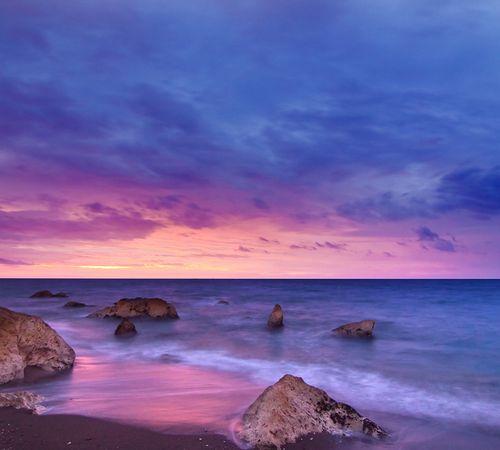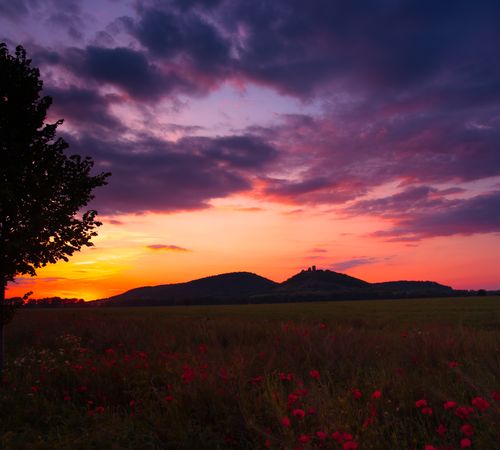What follows is a short essay written recently by one of my former students and current AWARE-LA allies. It’s a great example of the critical thinking required when good hearted white people decide to offer ourselves to support young people living in inner cities. Let me know what you think…
White Privilege and Security
Recently I attended a brainstorming session for a proposed teen center for at-risk youth in inner-city Los Angeles. The adults present were part of a youth mentoring program and with one exception (a Latino), all were white. The kids were in their late teens. Two African-American guys, one African-American girl, and one Latino. We were talking about the ideal things they’d find at such a center – a safe place to hang out, art and music classes, basketball court, swimming pool, job training, resume help, etc. The safety issue kept coming up and it was clear that these kids had few if any places to go where they felt really safe. So we asked what kind of security they’d want the center to have; what would we need to do to make them feel comfortable? Their answers: a security guard – a big strong one. Cameras, especially in the hallways. A metal detector at the main entrance. In light of what they’d said so far, their answers probably shouldn’t have surprised us, but they did. And that’s what this is about – not their answers, which when you think about it are perfectly reasonable and understandable – but our response. We were surprised and dismayed. And I believe that our dismay is rooted, at least in part, in white privilege. Why? Because not only are our day-to-day lives different when it comes to crime and safety, our entire outlook is different. When we have to go through security we tend to be offended, put out. We view security cameras as an invasion of our privacy and find being eyeballed by a security guard heavy-handed and oppressive. We’re able to do this because we take our security for granted, and that security is a part of our privileged, white world. Our homes and workplaces are relatively safe. Sure, we take reasonable precautions, but we don’t go through our days constantly on alert for attack, always fearing for our safety and the safety of our loved ones. Our neighborhoods aren’t gang territory and crime is under control. When we have a problem we call the police and we trust them to believe us and act accordingly. Thus our ability to be surprised when people whom we are well aware don’t share our privilege also don’t share our view on what constitutes adequate security.To take this full circle we need to look at how white privilege might play into the final decision about security at the center. On the one hand, we have the desire to remove what we as white people see as symbols of oppression (overt security). We want to promote an open door policy while teaching these kids new ways of addressing potential conflict. But we need to be aware that if, in the process of seeking to further these noble gals, we completely ignore the voices of the very people we are seeking to support, that we are engaging in a blatant act of white privilege. These kids, speaking through their experiences of lives we can’t begin to imagine, are telling us what it will take to make them feel safe. We cannot then turn around and insist that they be satisfied for what passes for safe in the world of white, middle-class privilege. Unless we honor their truths we fall into the “white savior” trap. We might not come right out and say “yes, that is your experience, but our experience has more value” but the effect is the same. We got into their world with the idea that we will save them – but on our terms, not theirs.As a white woman involved in anti-racist work, including mentoring and education, I am all too aware of how easy it is to fall into the role of savior. And I know I am not alone. This tendency is, I believe, and inherent part of white privilege intertwined with the inner racism we constantly fight to overcome. For me, recognizing the part privilege played in the above incident is a big step forward on what is a long road full of hazards.
NOTE: This is not to deny that age and class status also play a role here, but to highlight that these situations all too often play out with adult, white, middle class people making decisions for youth of color.
What do you think?


